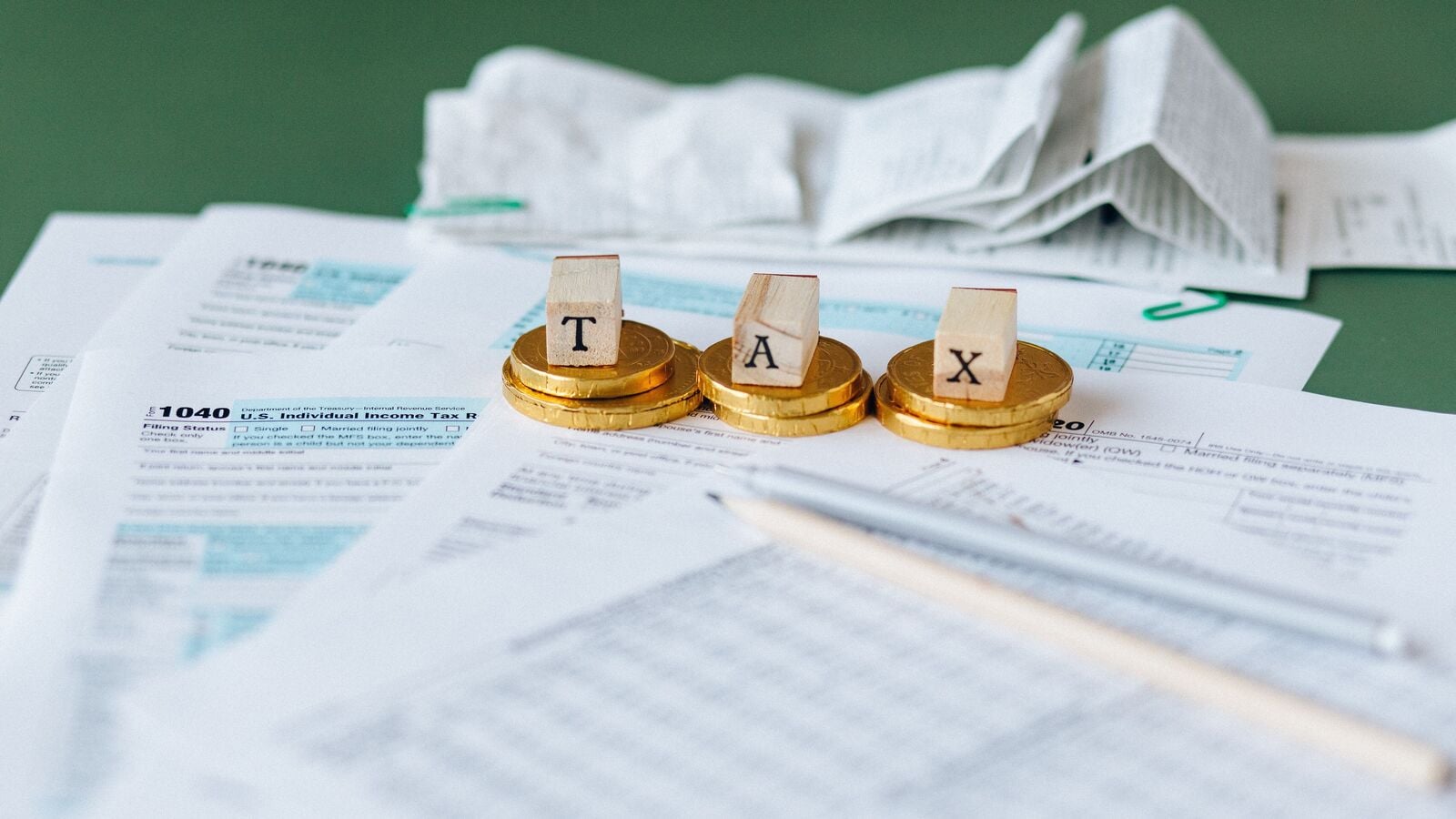
There is some leeway in selecting a tax regime thanks to the Income Tax Department. Lower tax rates and a more straightforward tax structure were the goals of the 2020 tax reform. But in the process of simplifying things, many of the exemptions and deductions from the previous system had to be removed. The government justified this move by claiming that it would reduce taxpayers’ tax burden and therefore increase their disposable income.
A person’s annual tax regime can alternate between the previous and new one if they have non-business income. However, people who earn a living from a business or profession are not eligible for this option. You cannot go back to the previous tax system once you decide to opt out of it. It can be difficult for taxpayers to decide between these two tax regimes, particularly during the investment declaration period.
Selecting the right tax regime is a crucial decision that demands careful evaluation of your financial situation and goals. The breakeven point where the two regimes offer equivalent benefits varies with income levels. The old regime provides various deductions and exemptions under sections such as 80C, house rent allowance (HRA), and LTA, which can be advantageous for those with qualifying expenses. If you have substantial investments in tax-saving instruments, the old regime might be more beneficial. In contrast, the new regime presents a simpler tax structure but requires careful financial planning, as tax-saving investments may not be as favourable.
Switching between tax regimes
To switch tax regimes, taxpayers must submit Form 10-IE along with their ITRs. This form indicates the taxpayer’s choice of tax regime. It is essential to file Form 10-IE before the ITR deadline to confirm the selected tax regime for that financial year. Failing to submit Form 10-IE on time may prevent the taxpayer from opting for the old tax regime for that year.
After submitting Form 10IE, a 15-digit acknowledgement number will be issued. This number serves as crucial proof of your choice to opt for the new tax regime. It is important to keep this acknowledgement number for future reference and include it when filing your ITR under the new tax regime. This unique number is required for the ITR submission under the new tax regime.
About Form 10-IEA
Form 10-IEA is designed for taxpayers with business or professional income who wish to opt out of the new tax regime and remain under the old tax regime. This form must be filed by individuals, Hindu Undivided Families (HUFs), Associations of Persons (AOPs) (excluding cooperative societies), Bodies of Individuals (BOIs), and artificial juridical persons with business or professional income. It is essential to submit Form 10-IEA before the ITR filing deadline to benefit from the old tax regime. Form 10-IEA must be completed and submitted by anyone filing an ITR-3, ITR-4, or ITR-5 with business income (cooperative societies excluded).
The default option for the Assessment Year (AY) 2024–2025 will be the new tax regime. If taxpayers do not specifically wish to opt out by filing Form 10-IEA, they will be automatically assessed under this regime. It’s crucial to remember that previous choices made about tax regimes are final. Every fiscal year begins with a fresh option.
Last but not least, it’s important to carefully consider your income, deductions, and exemptions when selecting your tax system. Making an informed decision can be greatly aided by speaking with a tax professional.






